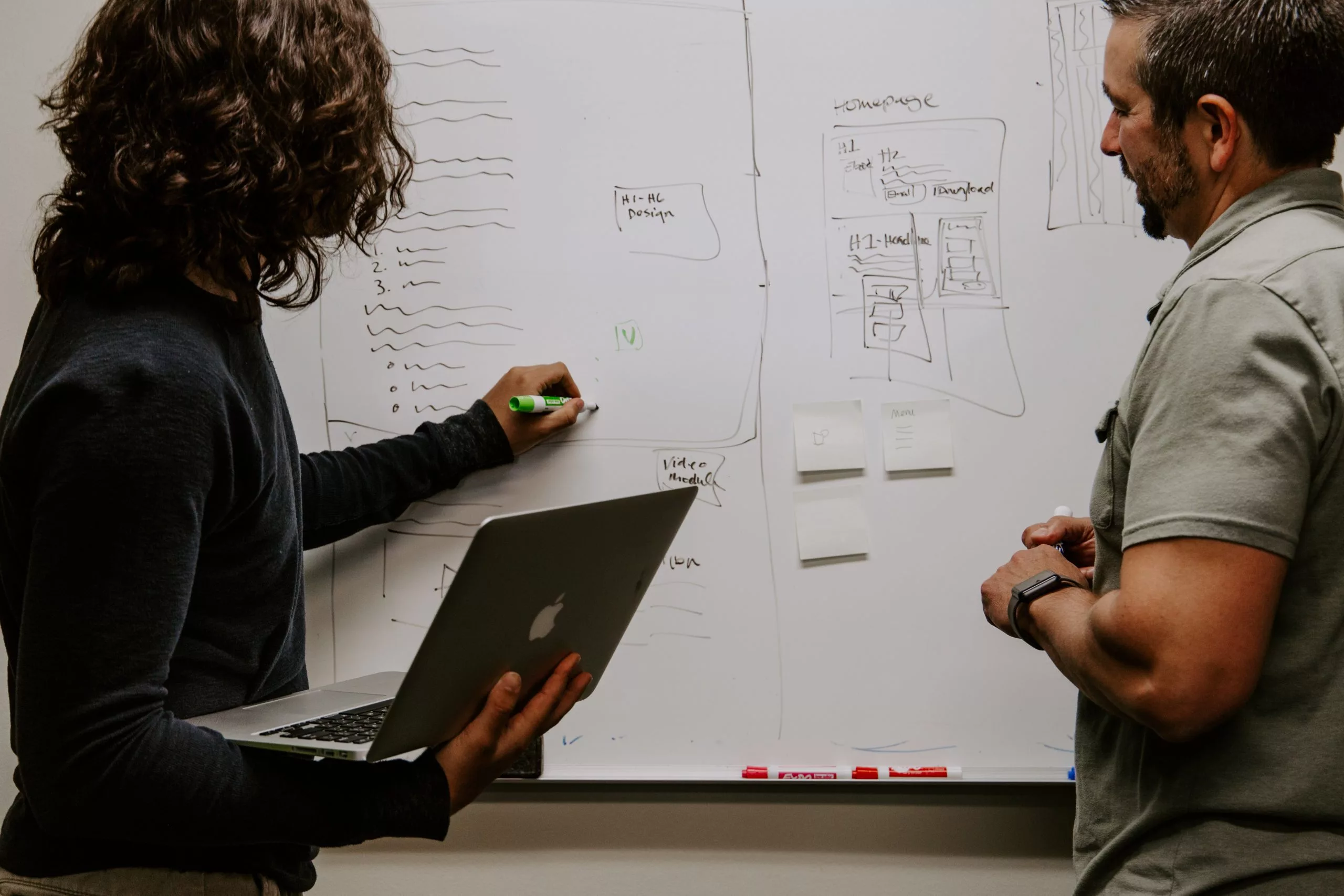Integrating learning technology can significantly enhance the effectiveness and efficiency of these courses.
Targeting these areas is essential for individuals seeking learning materials to present leadership development training courses.
Whether you’re an HR professional, a trainer, or a learner in a corporate setting, here are some essential best practices to optimize the use of learning technology in corporate training:
1️⃣ Clearly Define Training Objectives:
Establish clear and specific objectives for your corporate training courses.
Identify the skills and knowledge you want employees to acquire and outline measurable goals. This will provide a solid foundation for designing and implementing effective training programs.
2️⃣ Choose the Right Learning Technology:
Select learning platforms and tools that align with your training objectives and cater to your employees’ needs. Evaluate various options, considering user-friendliness, scalability, integration capabilities, analytics, and technical support.
3️⃣ Personalize the Learning Experience:
Leverage learning technology to deliver personalized training experiences.
Tailor content and delivery methods to cater to different learning styles, skill levels, and job roles.
Adaptive learning systems, interactive modules, and customizable learning paths can help employees engage more effectively with the training material. We hear this from customers looking for training course material to present Personal Development Courses.
4️⃣ Foster Active Learning:
Encourage active participation and engagement during training.
Incorporate interactive elements such as quizzes, case studies, simulations, and group activities to promote critical thinking, problem-solving, and practical application of knowledge.
5️⃣ Facilitate Collaborative Learning:
Use technology to foster collaboration and knowledge sharing among employees.
Virtual classrooms, discussion forums, social learning platforms, and project-based assignments encourage teamwork, peer-to-peer learning, and exchanging ideas and best practices.
6️⃣ Ensure Accessibility and Inclusivity:
Ensure learning technology is accessible to all employees, including those with disabilities or diverse learning needs.
Consider factors such as user interface design, compatibility with assistive technologies, closed captions for multimedia content, and multiple language options.
7️⃣ Implement Continuous Assessment:
Utilize learning technology to incorporate regular assessments throughout the training courses.
Online quizzes, knowledge checks, and automated feedback systems enable employees to gauge their progress, identify areas for improvement, and reinforce learning.
8️⃣ Promote Digital Literacy:
Equip employees with the digital skills to navigate and utilize learning technology effectively. Offer training and resources on using online tools, evaluating information credibility, practicing online etiquette, and protecting data security.
9️⃣ Encourage Self-Directed Learning:
Empower employees to take ownership of their learning journey.
Promote self-regulated learning strategies such as goal setting, self-assessment, and self-paced progress tracking.
Provide resources and tools within the learning technology platform to support independent learning.
🔟 Embrace Innovation and Stay Updated:
Stay abreast of emerging trends and innovations in learning technology for corporate training.
Explore new tools, techniques, and methodologies that can enhance employee engagement and knowledge retention.
Embrace innovation and continuously seek ways to improve the effectiveness of your training programs.
By adhering to these best practices, organizations can leverage learning technology to deliver impactful corporate training courses that enhance employee skills, foster collaboration, and drive organizational success.











![Special Offer: Full Training Course Material Bundle [Unlock All 52 Products Instantly]](https://www.oakinnovation.com/wp-content/uploads/2024/08/centre-for-ageing-better-cPyO3GEYjZ4-unsplash-2048x1365-1-350x250.webp)






















































